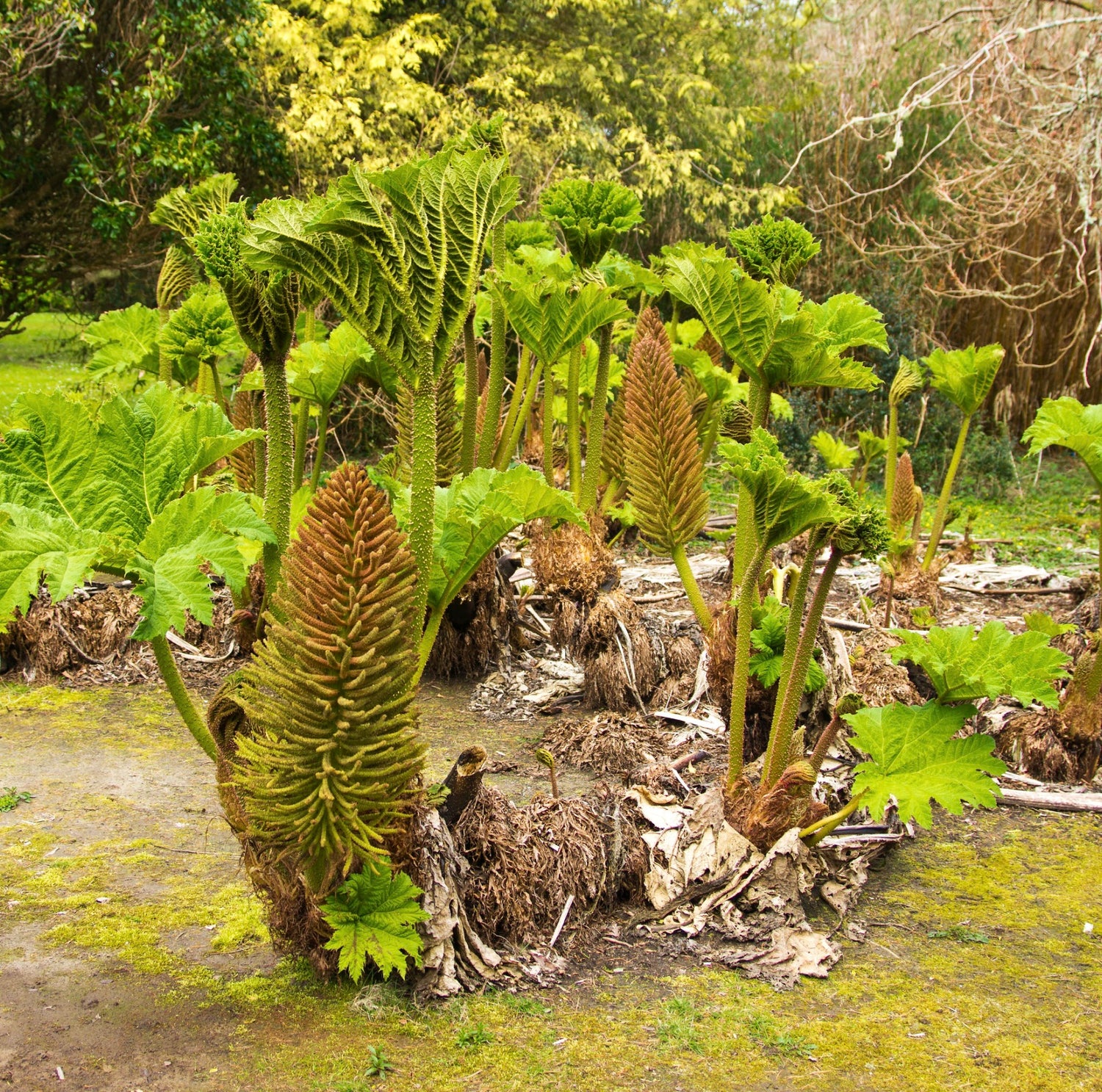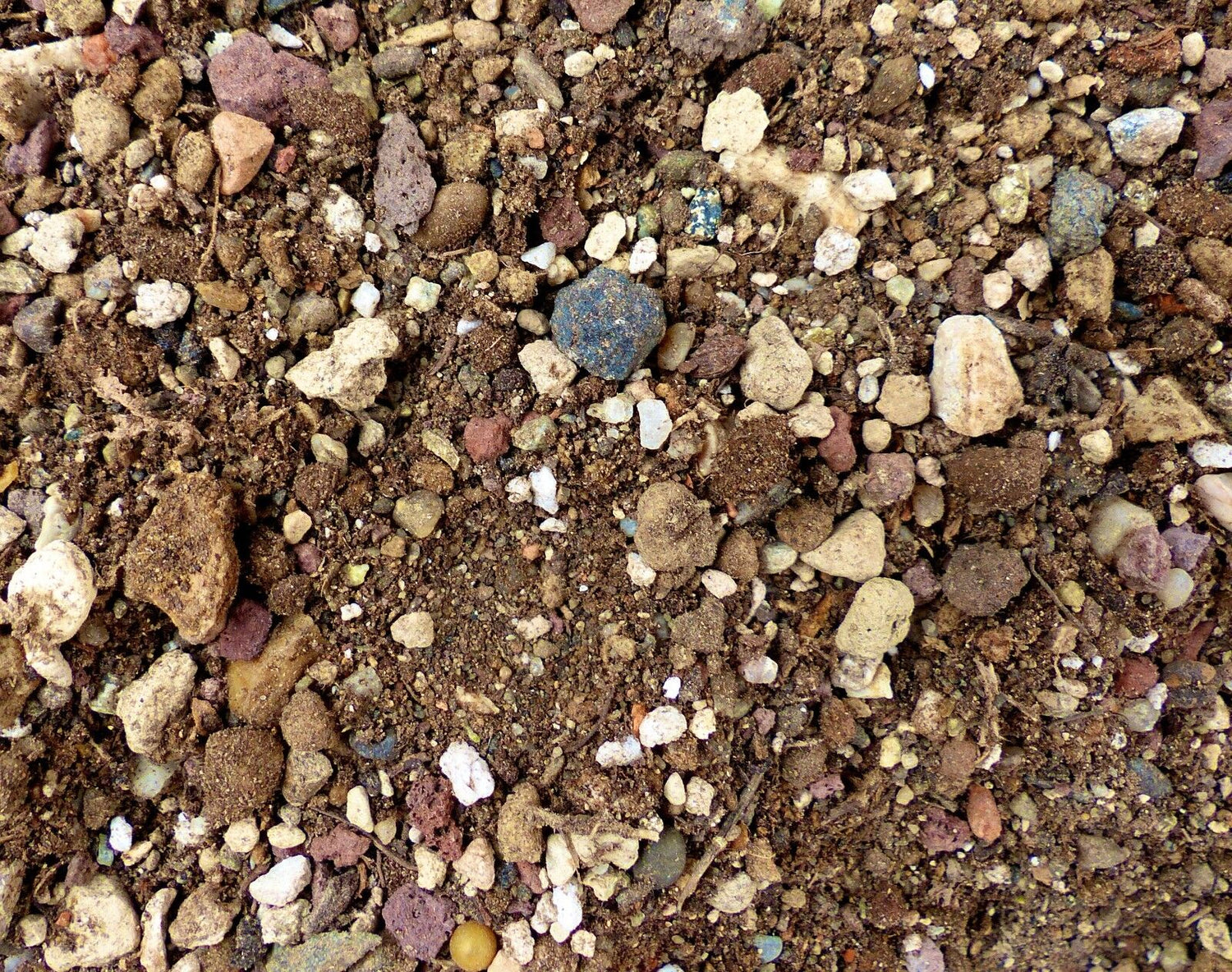Collection: Cedrus
Cedrus: The Majestic Cedar Trees
The Cedrus genus, known for its towering beauty and evergreen nature, includes iconic species like the Cedrus libani (Lebanon cedar) and Cedrus deodara (Himalayan cedar). These trees are prized for their ornamental, architectural, and ecological value.
Varieties and Features
The Cedrus atlantica, commonly known as the Atlas cedar, offers elegant blue-green foliage, especially in the Blue Atlas Cedar variety. The Cedrus libani, revered in ancient cultures, grows into a majestic specimen with a wide canopy. The Cedrus deodara, known as the Deodar cedar, is available in striking cultivars like Karl Fuchs and Snow Sprite, which add unique character to gardens.
Care and Cultivation
Growing Cedrus trees requires well-drained soil and full sun exposure. They are drought-tolerant once established, making them low-maintenance choices for large gardens or parks. Whether shaping a Cedrus bonsai or planting a Cedrus deodara tree, their adaptability to various climates ensures healthy growth with minimal intervention.
Uses and Landscaping
From providing shade to serving as focal points, Cedrus species enhance landscapes with their grandeur. The Cedrus atlantica pendula glauca is ideal for creating dramatic weeping effects, while the Cedrus deodara aurea adds golden hues to the landscape. These trees are also valued for their timber, fragrance, and historical significance.
With their timeless appeal and functional versatility, Cedrus trees are perfect for enhancing any green space.








